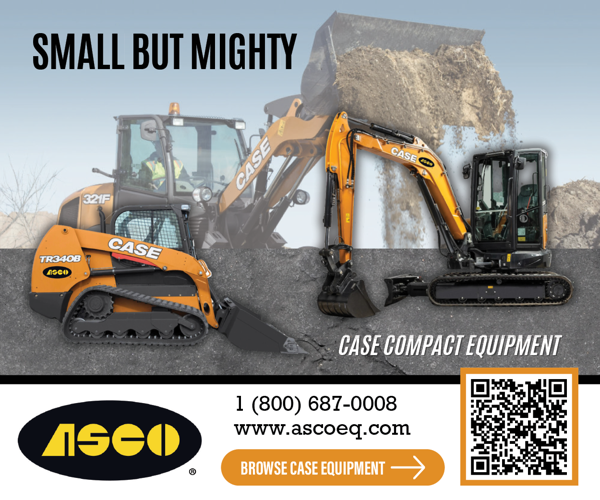Potential homebuyers face historically low affordability, with the highest mortgage rates in over two decades and elevated housing prices that have recovered from a short-lived dip in 2022. Despite these obstacles, single-family housing permits and starts reached 948,000 and 941,000 seasonally adjusted annualized units as of August 2023, an increase of 7.1 percent and 2.4 percent, respectively, from a year prior. New home sales climbed 11.9 percent year over year, to 714,000 seasonally adjusted annualized units, as buyers competed for limited options.
The U.S. housing shortage, estimated at over 3.5 million units, is a direct result of underproduction following the global financial crisis of 2007−09. Millennials who have reached prime homebuying age and baby boomers who want to stay in their homes longer are exacerbating the need for more housing. Meanwhile, resale inventory remains anemic as current homeowners opt to maintain their locked-in low rates.
Even as the market grapples with low supply, the long-term outlook for residential real estate remains positive. However, affordability and post-pandemic lifestyle preferences will continue to influence the decision to rent versus buy, with a growing emphasis on affordability, flexibility, and convenience of renting.
An April 2023 Urban Institute report estimated that as of June 2022, large institutional investors (i.e., those with more than 1,000 single-family units) owned 574,000 homes. The growth of SFR portfolios increased from 2020 through 2022 due to historically low interest rates, robust rent growth, increased occupancy, and home appreciation. As SFR dominated the market with favorable fundamentals, large funds focused on strengthening operational alpha. Elevated property taxes and insurance costs demanded operational excellence and achievement of economies of scale on maintenance and management.

| Your local Yanmar dealer |
|---|
| CLM Equipment Co |
| WPI |
BTR developers nationwide are building at a record pace, with the South leading the charge by outpacing the next closest market (the West) by more than two to one, according to data from RealPage Analytics. Across the country, BTR homes are included as a critical component of successful master-planned communities. The Yardi Matrix 2023 second-quarter report shows 6,600 BTR units delivered in the first half of 2023 and 50,000 units currently under construction. With 36,000 more units in the planning stage, the BTR market continues to grow at an impressive pace for 2023 and beyond.
SFR funds offer family offices a unique opportunity to capitalize on economies of scale – which is critical in building margin and long-term operating profitability – through bulk purchases and bundled maintenance and management costs. BTR investments have a similar profile but require a less expensive build than conventional multifamily and offer better build-to-cap rates.
Still, an influx of capital from value seekers entering the market has led to more activity focused on the rental space. While SFR and BTR opportunities still make up only a very small percentage of the single-family market, we expect to see more focus on rental property portfolios as corporate investors and family offices continue to place their bets on residential real estate.
Taxpayers looking to accelerate depreciation may benefit from a cost segregation analysis to boost their cash flows when purchasing or renovating residential real estate. Taxpayers also might be able to take advantage of state and local credits or clean energy incentives included in recently passed legislation, such as the Inflation Reduction Act. Separately, in a sale of residential real estate, a 1031 exchange may be an option to defer gain on exit of business property.







































































